A revolutionary genetic study has transformed our understanding of Celtic Britain’s social fabric, revealing women as the cornerstone of community life during the Iron Age. Far from being marginalized figures, these Celtic women appear to have been the primary inheritors of land and maintainers of social cohesion, challenging centuries of historical assumptions about gender roles in ancient societies.
The Groundbreaking Duropolis Excavation
The archaeological site of Duropolis near Winterbourne Kingston in Dorset has yielded extraordinary insights since excavations began in 2009. Among the remarkably preserved graves of 57 individuals, many contained valuable artifacts suggesting high social status. But it was the genetic material preserved in these remains that would ultimately rewrite history.
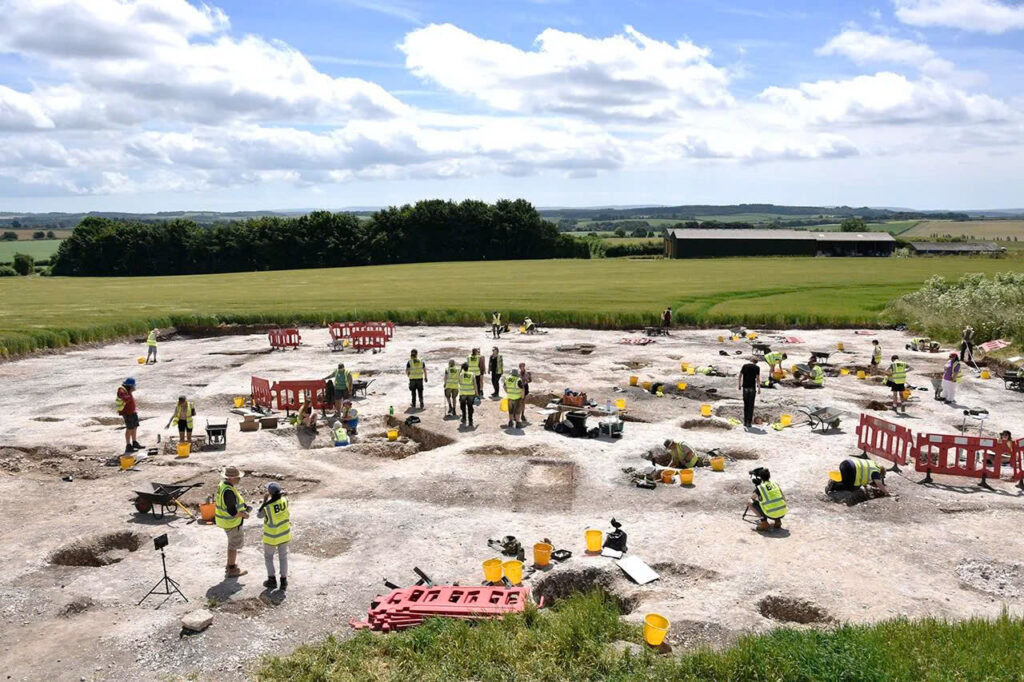
Dr. Lara Cassidy, leading a team from Trinity College Dublin, conducted comprehensive DNA analysis that revealed something remarkable: most individuals at the site could be traced back to a single maternal ancestor. This genetic fingerprint provided conclusive evidence of a matrilocal social structure—where men typically moved to join their wives’ communities after marriage—a pattern previously thought to be rare in prehistoric European societies.
Matrilocality: Women as Keepers of Land and Lineage
The research at Duropolis revealed that the Durotriges tribe practiced a social system where identity and property passed through the female line. Unlike patrilocal societies where women leave their families to join their husbands’ communities, in this Celtic society, men were the ones who relocated upon marriage.
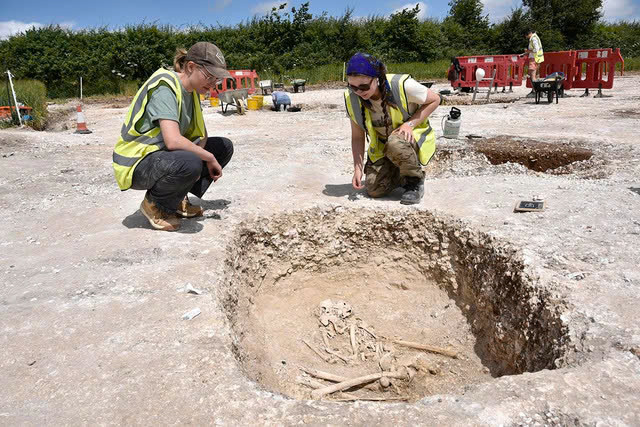
“What we’re seeing is a social structure where women remained in their ancestral lands throughout their lives, maintaining important kinship networks and community ties,” explains Dr. Cassidy. “These women likely controlled access to land, resources, and local knowledge—giving them significant influence within their communities.”
Beyond Duropolis: A Widespread Phenomenon
The research team expanded their investigation to include genetic material from over 150 archaeological sites across Britain, discovering that this matrilocal pattern wasn’t unique to Dorset. In Yorkshire, for example, evidence showed a dominant maternal lineage established as early as 400 BCE, suggesting that female-centered social structures were deeply embedded across Celtic Britain.
Reconciling Roman Accounts with Modern Evidence
This genetic evidence gives new credibility to Roman historical accounts that described Celtic British women as unusually independent and powerful by ancient standards. Roman writers like Julius Caesar often expressed surprise at the authority wielded by Celtic women—observations that have sometimes been dismissed as exaggerations or propaganda.
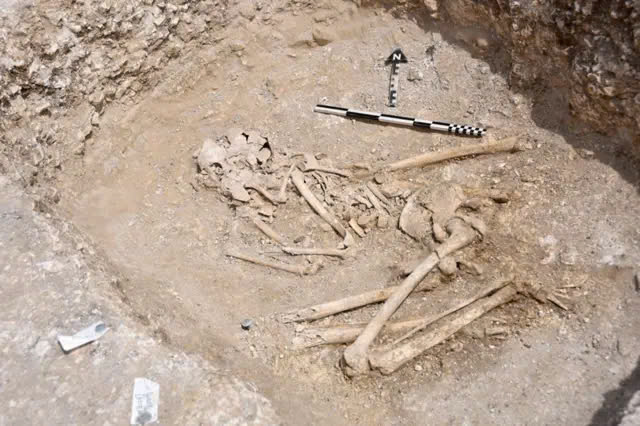
The prominence of female leaders such as Queen Boudica, who led a massive uprising against Roman occupation, and Queen Cartimandua, who commanded significant military forces, may not have been anomalies but rather expressions of a culture where women routinely held positions of influence.
Video
Understanding Matrilocality vs. Matriarchy
It’s important to note that this Celtic social structure was matrilocal rather than matriarchal. While women controlled important aspects of community life—particularly relating to land inheritance and family identity—this doesn’t necessarily mean they held absolute political dominance over men.
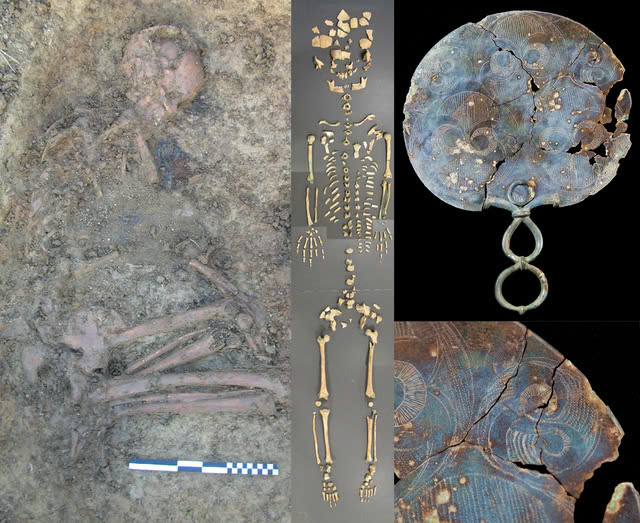
Instead, the evidence points to a more balanced society where women and men had different but complementary roles. Women’s control of land and social networks gave them substantial power, even as men may have continued to dominate in areas like warfare and certain political functions.
Implications for Our Understanding of History
This discovery challenges the long-held assumption that ancient societies were universally patriarchal. While male-dominated social structures have been common throughout history, the Celtic British example demonstrates that alternative arrangements existed and thrived.
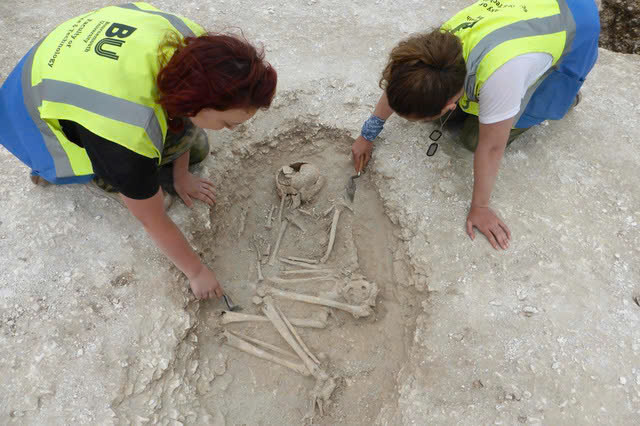
“What’s particularly fascinating is how this evidence forces us to reconsider historical accounts we’ve long been skeptical about,” notes one researcher connected with the project. “When Roman writers described the unusual independence of British women, they weren’t necessarily exaggerating for propaganda purposes—they were documenting genuine cultural differences that struck them as remarkable.”
The Future of Celtic Research
As archaeological techniques continue to advance, particularly in the realm of ancient DNA analysis, we can expect more discoveries that challenge our preconceptions about ancient societies. The Duropolis findings represent just the beginning of what promises to be a significant reevaluation of Celtic social structures and gender dynamics.
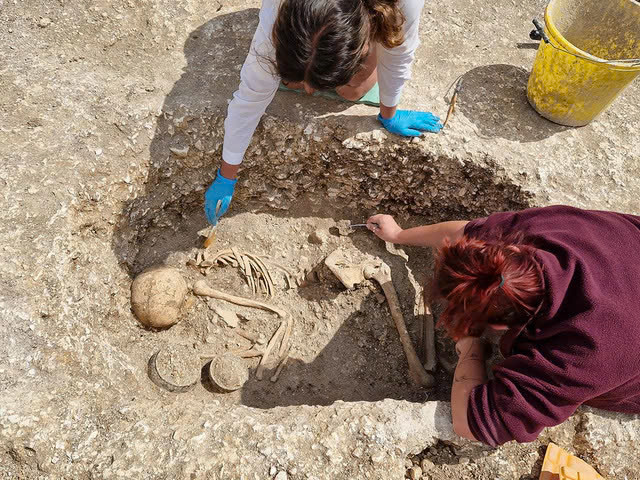
This groundbreaking research doesn’t just illuminate the past—it provides a more nuanced understanding of how diverse human societies can be organized, and reminds us that assumptions about “traditional” gender roles are often based on incomplete historical perspectives.

